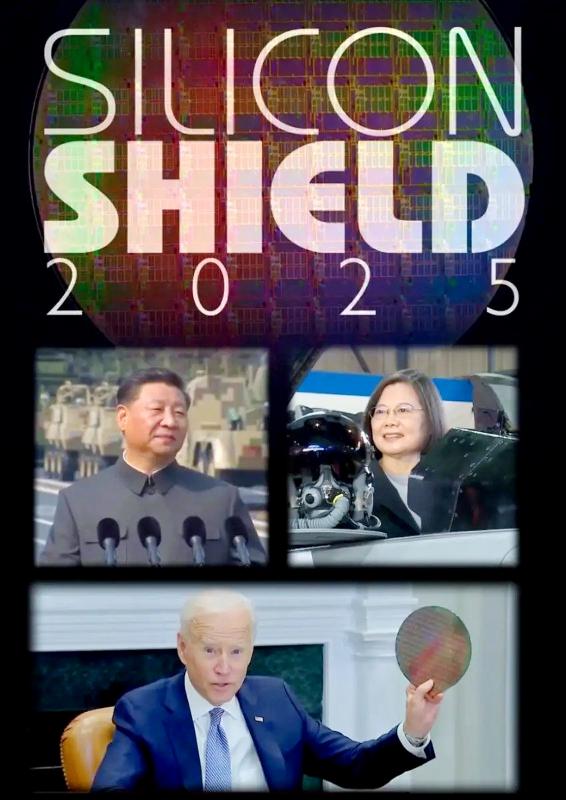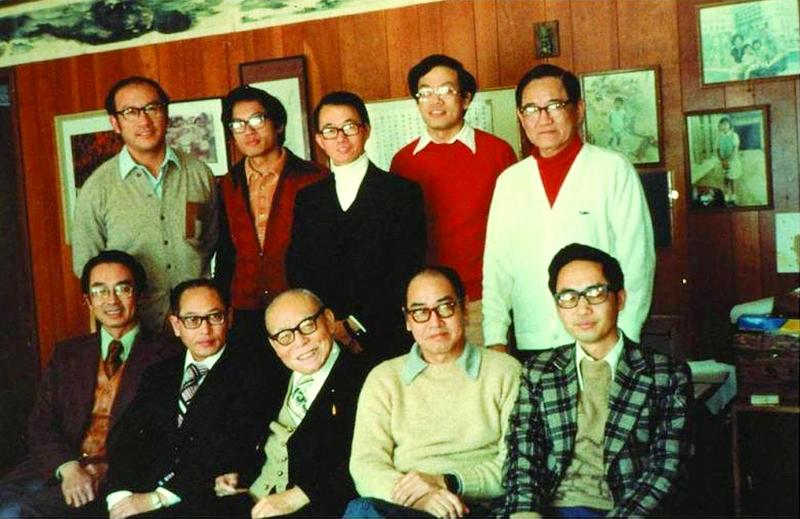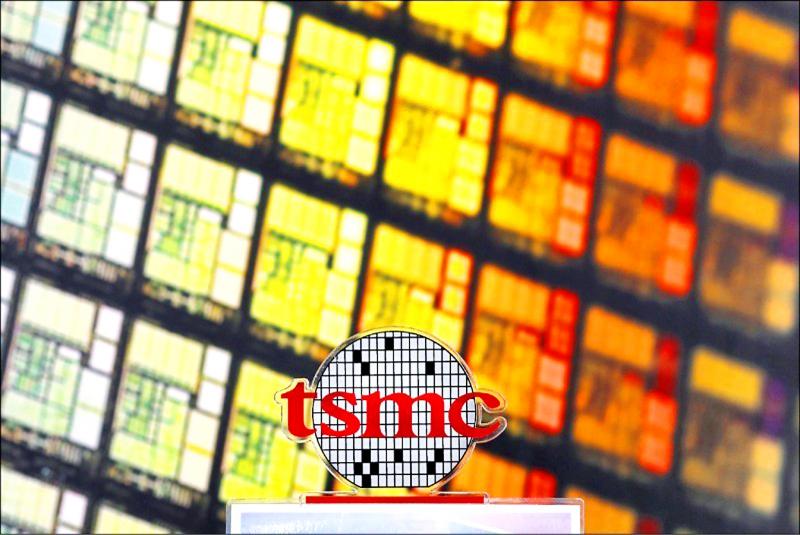More than two decades after journalist Craig Addison coined the term “Silicon Shield,” the concept remains as relevant as ever, if not even more. The idea that global — including Chinese — reliance on Taiwan’s semiconductor industry has been a major deterrent of war between the two sides of the Taiwan Strait is still frequently espoused today, especially as tensions continue to soar.
On Monday, Taiwan Semiconductor Manufacturing Co (TSMC, 台積電) chairman Mark Liu (劉德音) declared during in an interview with CNN’s Fareed Zakaria that a Chinese invasion of Taiwan would render the company’s factories “non-operable” and would create “great economic turmoil” for both countries. TSMC’s integral role in the Chinese economy is thus a deterrent rather than a risk, Liu added.
“If something happens to Taiwan, the world would suffer the consequences,” Minister of Economic Affairs Wang Mei-hua (王美花) said in response to Liu’s comments.

Addison first elaborated on the concept in his 2001 book Silicon Shield: Taiwan’s Protection Against Chinese Attack as well as the 2009 documentary, Silicon Shield: Two Chinas, One World. A lot has changed since then, but Taiwan’s unrivaled chipmaking capabilities continues to dominate the market, playing a crucial role in the global economy and as a focal point in the US-China trade war. The global semiconductor shortage amid the COVID-19 pandemic has also brought the topic to the attention of a broader international audience, making it even more important to understand Taiwan’s role in all of this.
Addison recently released a remastered and updated version of his documentary titled Silicon Shield 2025, referring to the year Taiwan’s Ministry of Defense has predicted China to have the capability to mount a full-scale assault. The documentary is still an illuminating look on how Taiwan overcame its international isolation in the 1970s and became a high-tech powerhouse, and how it was a huge gamble then that fortunately paid off big time. It also explains well the nation’s recent history and its tempestuous yet interconnected relations with its much larger neighbor.
One can question whether the silicon shield, instead of US military presence, singlehandedly prevented the 1995-1996 Taiwan Strait Crisis from escalating, as the documentary suggests, but one cannot deny the silicon shield’s significance in keeping Taiwan relevant to a world that has much to lose if the nation were to be plunged into chaos. Some questioned back then how long Taiwan’s hold on the semiconductor industry would last, but 13 years later it’s still going strong.

Photo courtesy of Industrial and Technology Research Institute
However, while still pertinent, the new film version really doesn’t feel like that much of an “update.” There is new material, including updated statistics, articles and b-roll footage, but a lot of the “current events” in the film’s latter half are still positioned as if it was still the beginning of the Ma Ying-jeou (馬英九) era.
Following Ma’s election as president, there’s a brief clip of President Tsai Ing-wen’s (蔡英文) inauguration, but it abruptly cuts out without commenting on how cross-strait relations have deteriorated since then, or how China has become increasingly powerful and fervently nationalistic, along with the rise of strongman Chinese President Xi Jinping (習近平). How has the US-China trade war changed the stakes? What exactly are the implications of the silicon shield in regards to the notion of a Chinese attack in 2025?
There’s still no insight from the Beijing end at all — it would be admittedly hard-pressed to get someone from that side to participate in the documentary, but there could be at least something from its mouthpieces such as the Global Times commenting on China’s ambitions and frustrations in penetrating this shield. For instance, it would be useful to know why their expensive “Microchip Great Leap Forward” plan hasn’t worked.

Photo: Reuters
It’s an ideal time to learn about the topic, however, as semiconductors were an important part of US House of Representatives Speaker Nancy Pelosi’s visit to Taiwan this week. For those who want a quick and informative primer to how Taiwan put itself in its current position, the documentary is well worth checking out.
The video can be streamed for US$1.99 at: vimeo.com/ondemand/siliconshield2025

May 26 to June 1 When the Qing Dynasty first took control over many parts of Taiwan in 1684, it roughly continued the Kingdom of Tungning’s administrative borders (see below), setting up one prefecture and three counties. The actual area of control covered today’s Chiayi, Tainan and Kaohsiung. The administrative center was in Taiwan Prefecture, in today’s Tainan. But as Han settlement expanded and due to rebellions and other international incidents, the administrative units became more complex. By the time Taiwan became a province of the Qing in 1887, there were three prefectures, eleven counties, three subprefectures and one directly-administered prefecture, with

It’s an enormous dome of colorful glass, something between the Sistine Chapel and a Marc Chagall fresco. And yet, it’s just a subway station. Formosa Boulevard is the heart of Kaohsiung’s mass transit system. In metro terms, it’s modest: the only transfer station in a network with just two lines. But it’s a landmark nonetheless: a civic space that serves as much more than a point of transit. On a hot Sunday, the corridors and vast halls are filled with a market selling everything from second-hand clothes to toys and house decorations. It’s just one of the many events the station hosts,

Two moves show Taichung Mayor Lu Shiow-yen (盧秀燕) is gunning for Chinese Nationalist Party (KMT) party chair and the 2028 presidential election. Technically, these are not yet “officially” official, but by the rules of Taiwan politics, she is now on the dance floor. Earlier this month Lu confirmed in an interview in Japan’s Nikkei that she was considering running for KMT chair. This is not new news, but according to reports from her camp she previously was still considering the case for and against running. By choosing a respected, international news outlet, she declared it to the world. While the outside world

Through art and storytelling, La Benida Hui empowers children to become environmental heroes, using everything from SpongeBob to microorganisms to reimagine their relationship with nature. “I tell the students that they have superpowers. It needs to be emphasized that their choices can make a difference,” says Hui, an environmental artist and education specialist. For her second year as Badou Elementary’s artist in residence, Hui leads creative lessons on environmental protection, where students reflect on their relationship with nature and transform beach waste into artworks. Standing in lush green hills overlooking the ocean with land extending into the intertidal zone, the school in Keelung